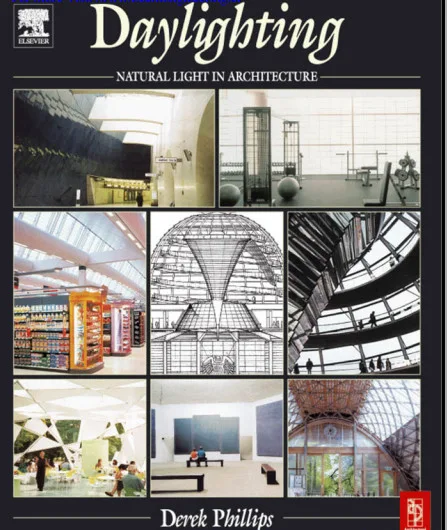Download Daylighting Natural Light in Architecture Easily In PDF Format For Free.
PREFACE:
It would be tedious to name all the architects who were kind enough to provide information for the case studies in this book, in terms of the diagrams and images of their work; for this it will be sufficient to refer to the case studies where they are shown, for which I am most grateful.
As to others I would like to express my gratitude to four lighting consultant practices who have provided information of their daylighting design work. These are Max Fordham, Buro Happold, DPA Lighting Consultants, and Hoare Lee; all these offices were most generous with their time and assistance.
As to others, I would particularly thank David Loe for his advice and guidance, together with the many other people who have been unstinting in providing information. The faults you may find in this book are all mine.
I should perhaps add that this book is the last in the series of books I have written on the subject of lighting for Architectural Press, and in saying this, to thank their staff for producing what I hope will be seen as both a well designed and useful serie.
The appearance of buildings of all periods reflects the nature of the windows, in some cases such as the mediaeval period, the shape and location of the windows being functionally related to the role played by daylighting, whilst in the renaissance period the location and form of windows became more formalized, often being less well related to the interior spaces they served . . . the elevation, the appearance of the building seen from the outside, became of prime importance, a consideration which lingers on today.
Windows have always led to innovation, and this can be seen in the stained glass windows of the great mediaeval cathedrals, telling the Christian story, where whole walls of glass were made possible by structures such as the flying buttress.
Windows had to serve military needs in fortifed buildings, leading to slit windows from which arrows could be fired; with splayed sides having the desirable effect of reducing the contrast between the brightness of the window and the interior wall surface, a device which has continuing validity.


Comments
Post a Comment